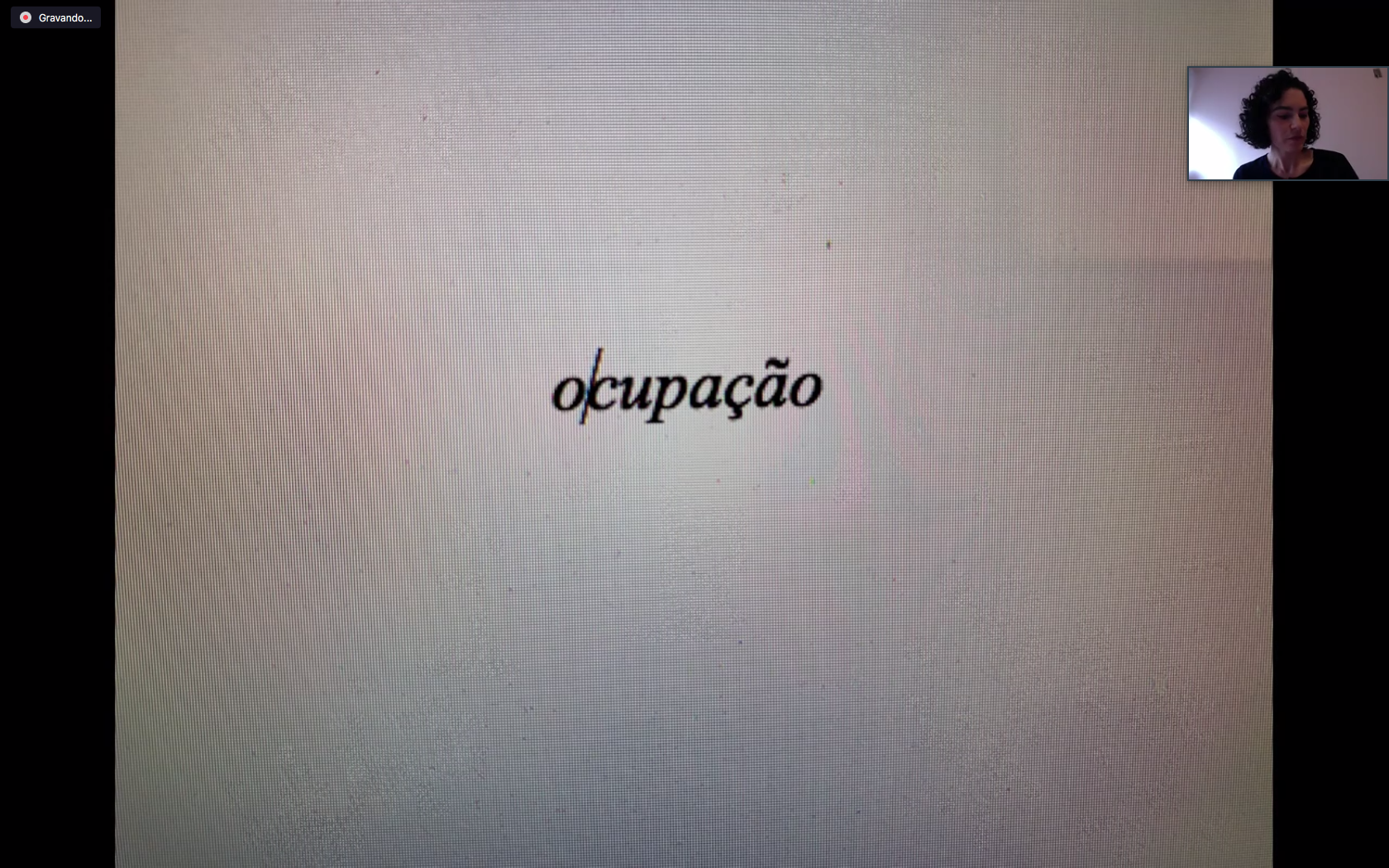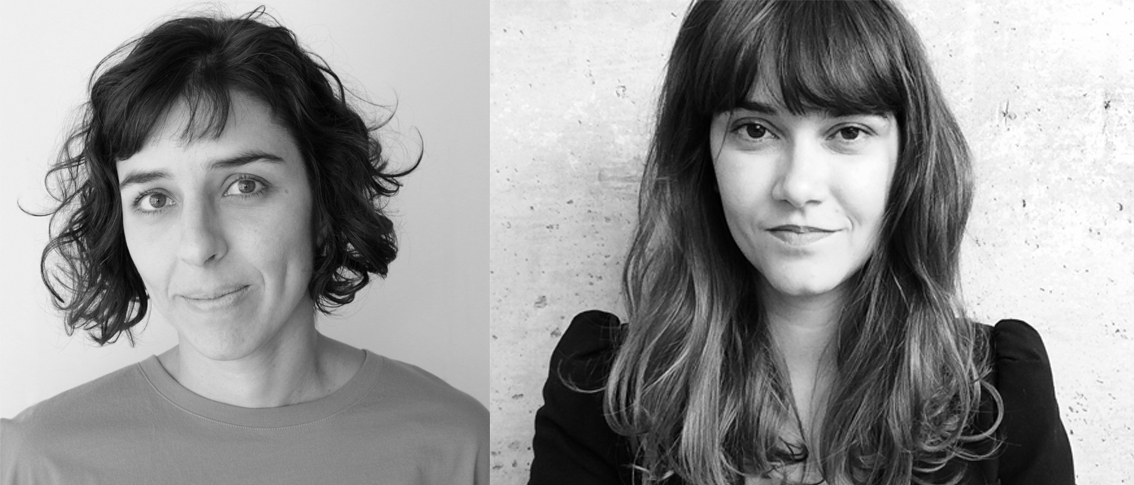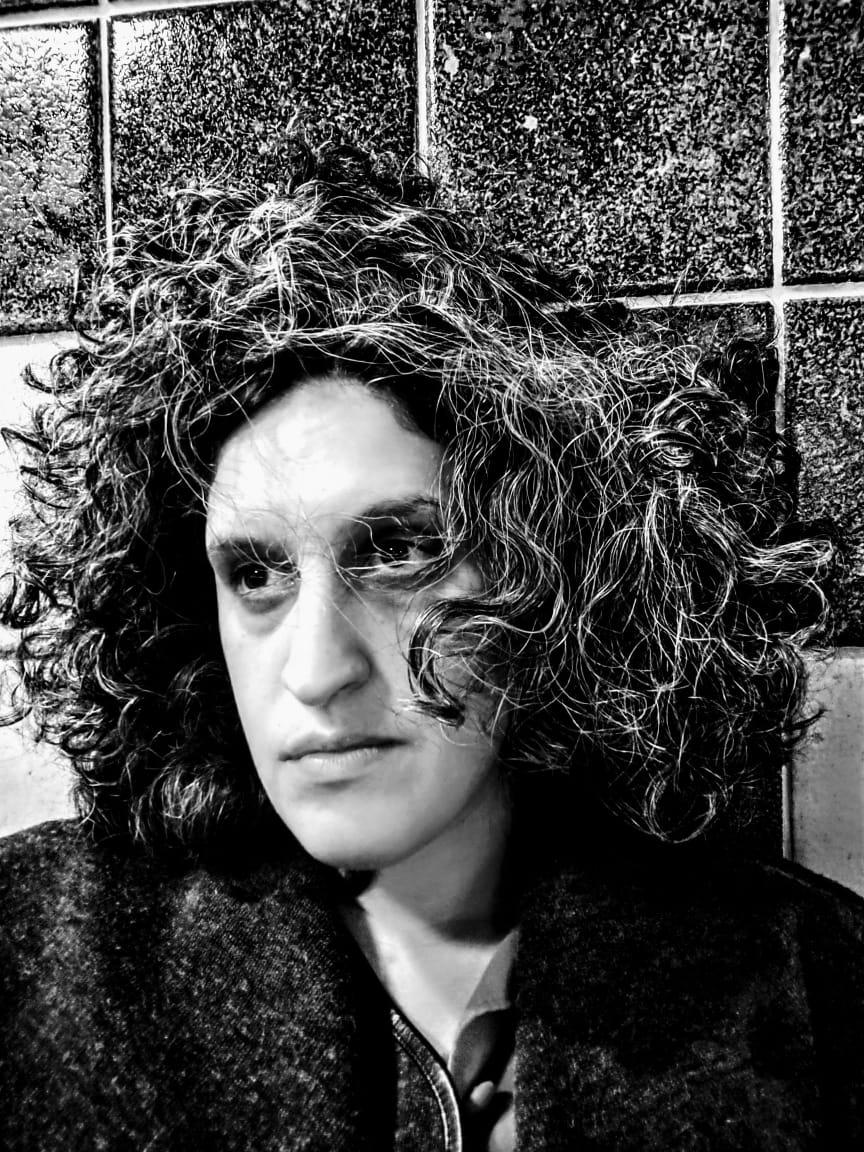

Following an invitation from Pivô, curator, author and teacher Clarissa Diniz will be leading the 2nd Cycle of Pivô Research 2020. The initiative is taking place remotely until September 21st, bringing together a group of eight artists. During a period of 12 weeks, Ana Almeida, Bruna Kury, Christian Salablanca Díaz, Érica Storer de Araújo, Iagor Peres, Pepi Lemes, Vita Evangelista and Yhuri Cruz will seek to “unfold the contingencies of covid-19 into a form of output”, according to the curator. Diniz was born in Recife and currently lives in Rio de Janeiro, where she teaches at Escola de Artes Visuais do Parque Lage and is pursuing a PhD in Anthropology at UFRJ. She has previously worked on the publication of several books, catalogues and magazines (as the editor of Tatuí, between 2006 and 2015) and on curatorial projects and exhibitions, including the recent group show À Nordeste [To The Northeast], co-curated with Bitu Cassundé and Marcelo Campos at SESC 24 de Maio, in São Paulo, in 2019.
Leo Felipe: Could you please go through the criteria that guided your selection of artists for this cycle?
Clarissa Diniz: In general terms, the selection process was guided by a desire to unfold the contingencies of covid-19 into a form of output. If, on the one hand, the pandemic has suspended presence, on the other hand, it has enabled the emergence – even if brief and uncomfortable – of aspects that are normally concealed. In this sense, and given the remote nature of the residency, I tried to further the decentralization efforts already in place within Pivô Research, inviting artists from other geopolitical and epistemological regions beyond São Paulo. As well as my own participation in the program – only feasible remotely – we had the privilege to welcome people from outside São Paulo without having to ask them to relinquish their communities and care networks, which are so necessary in this painful moment.
It also seemed relevant to understand that the space of visibility and legitimation provided by Pivô should be primarily reserved for artists whose access to instances of power is made difficult due to historical, structural and institutional reasons. As a space of development and interlocution between artists, Pivô Research provides wider visibility to the artworks produced by its participants, as a result, I felt that during the pandemic the program’s power of insertion should be approached from a social and political perspective. Therefore, applications by artists whose paths had already included institutions and other spaces of greater visibility were turned down and priority was given instead to artists who had been circulating outside the hegemonic field of art or who had just started their professional journey.
Given that the applications were originally written for the on-site version of Pivô Research, the selection also took into consideration the vocation and possibilities that some projects seemed to offer in terms of taking other – unpredictable – directions. As such, I decided to leave out artists who had strictly planned what they were going to do during the residency period, favouring instead research processes that were generously inconclusive and responsibly relaxed about the idea of an outcome. This route was taken with the deliberate intention of reducing the risk of turning this remote residency into a sort of online coaching program for artists – an approach that actually turns my stomach.
Finally, and in the same direction, immersed in the context of a closed-off world, I have sought to favour poetics of solidarity that engage a dysphoric view of life. As the apocalyptic experience of a pandemic is felt asymmetrically, it was important to form a collective made of artists whose research, instead of nurturing nostalgic or fetishist images both of “past” and “future”, in one way or another, developed poetics that face up to and challenge current forms of misadventure, violence, spectrality, dissidence, instability and anxiety.
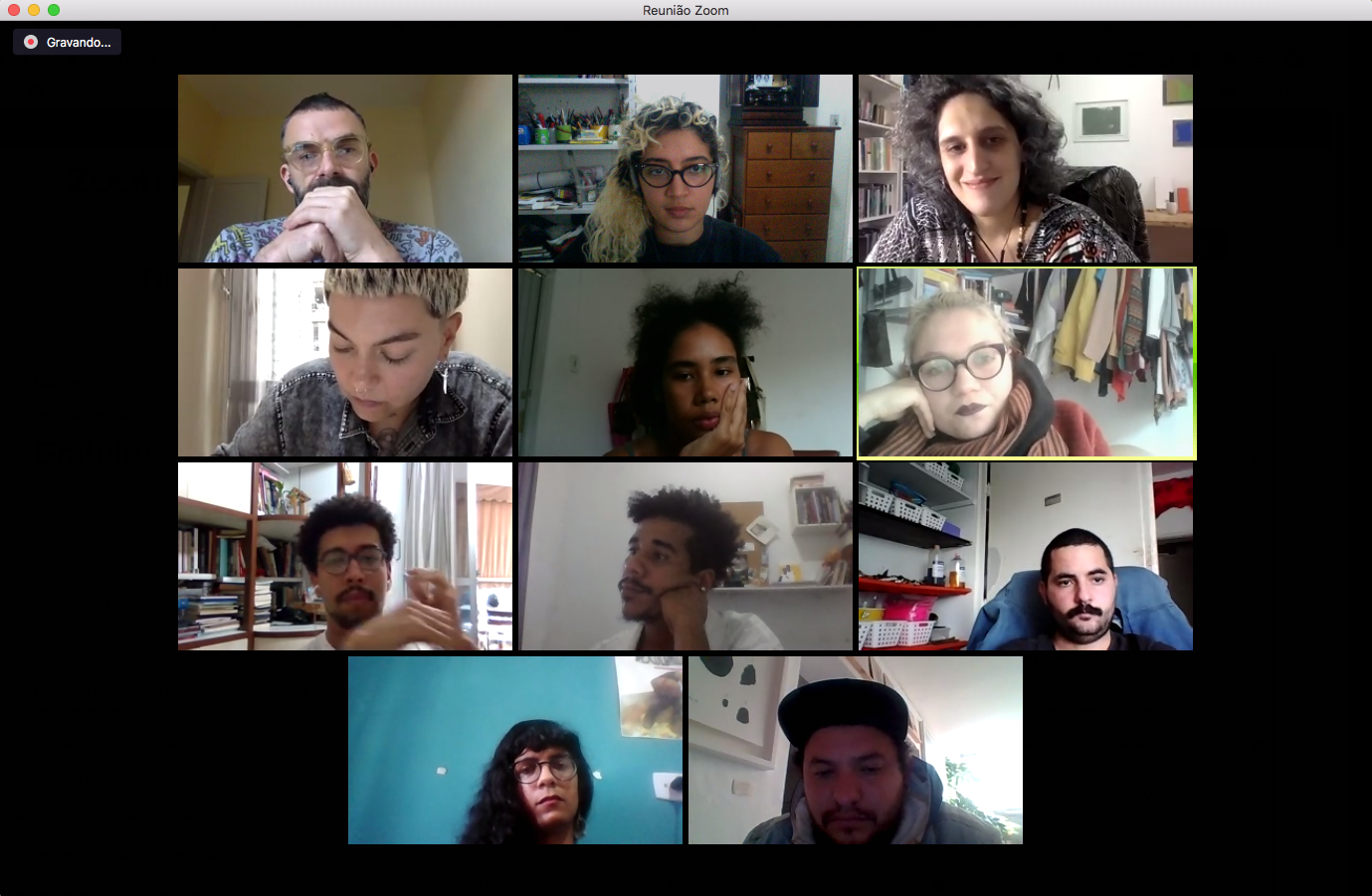
LF: An art residency usually implies displacement to a different context and interaction with a specific space. In the case of a remote residency, this space is an online territory with its specific features. However, the displacement element is lost. What can be gained instead?
CD: As well as its spatial nature, the confinement to which we are subjected is social and emotional. With the separation of our bodies, a significant part of our exchange and coexistence becomes ever more restricted. In the case of art, we have witnessed the decline of dialogue with the wider public, which is traditionally mediated by institutions, such as museums and schools, amongst others, and the expansion of the algorithmically choreographed relations of the internet and social media. Despite the often enriching and unpredictable interactions that the internet can offer, it is easy to notice that the self-representation performed by each artist (amongst other professionals) on social media has acquired unheard-of proportions, as their profiles become – almost forcibly – not only artworks but also their means of publicity, legitimation and commercialization. It is not a coincidence that in Brazil, four months into the covid-19 pandemic, some artists are now publicly sharing their anxieties and angst triggered by this process of hyper-exposure that paradoxically comes hand-in-hand with isolation.
In this context, as a way of achieving a form of displacement that was not only possible but also desirable, I decided to invite participants, for the duration of the Pivô Research residency, to refrain from focusing exclusively on their own practice. As an attempt to alleviate part of the feeling of saturation that many of us have recently experienced, and despite the limitations of virtual relations, I proposed a space/time of dialogue where the process of self-knowledge plays a central role; however, equally important to the exercise is the process of diving into each other’s practices.
With this in mind, instead of each artist producing and presenting their own work, we will be experimenting with exchanges in pairs. Each pair will then contribute to collective exercises sharing reflections on each individual experience. Instead of portfolio assessments conducted collectively, we will generate a public experience where each artist, rather than occupying a place of voice and authority, is invited to experience the privilege of listening and witnessing how their artworks interact with the world through people who are willing to relate to them.
The aim of the residency is to trigger alternatives – even if minimal – to the experience of social confinement, which tends to restrict each one of us to our own boxes. Our goal is to combine angles, designing a more relational geometry. This is the idea of displacement I have in mind.
LF: To kick off the program, you proposed an epistolary methodology: residents and the curator exchanged letters, telling a little bit about their life stories. Why did you choose this method?
CD: As we feel increasingly drained by the number of Zoom calls, we launched a different communication channel that works in parallel to video calls. I proposed that we write letters in the forthcoming months to share memories and ideas in a less immediate way, as a way of operating within another time regime not based on instant (and increasingly more urgent) responses within digital interactions.
The departure point for the exchange of letters was life – rather than art – in an attempt to assert the creation and the power of “the sensible” beyond the violent circumscriptions imposed by the art field. It was interesting to see that the letters that propelled this Pivô Research cycle were quickly supplemented by something of a celestial nature: a spontaneous exchange of star maps between the participants, which revealed surprising identifications.
LF: What is the focus of your PhD research on the Post-Graduate Program in Sociology and Anthropology at Universidade Federal do Rio de Janeiro? What do you think will happen with public universities in Brazil in the current political and economic situation?
CD: The project is about art and epistemic violence, reflecting on the ways in which art and its hegemonic social, economic and political field engenders violent processes in relation to other ontologies, bodies of knowledge, aesthetics, ethics and perspectives. In particular, I have been examining the forms of violence produced by expressions of Brazilian art concerned with “indigenous cultures”, often affecting the individuals and communities with whom the non-indigenous artists believe they are aligning with. In many ways, this is self-reflective research; an attempt to contribute to the identification and understanding of the limitations, pitfalls and contradictions of the historically white, colonial and elitist practices that we call art.
With regards to the future of public universities, I am not very good at predictions. But I really hope that universities can once again prove their scientific, social, political, human, economic etc. worth amidst this pandemic. I hope that, in the counterflow of the current era of scrapping and dismantling, the country can understand that a truly public, diverse and accessible university is central to the construction of a less unequal Brazil.
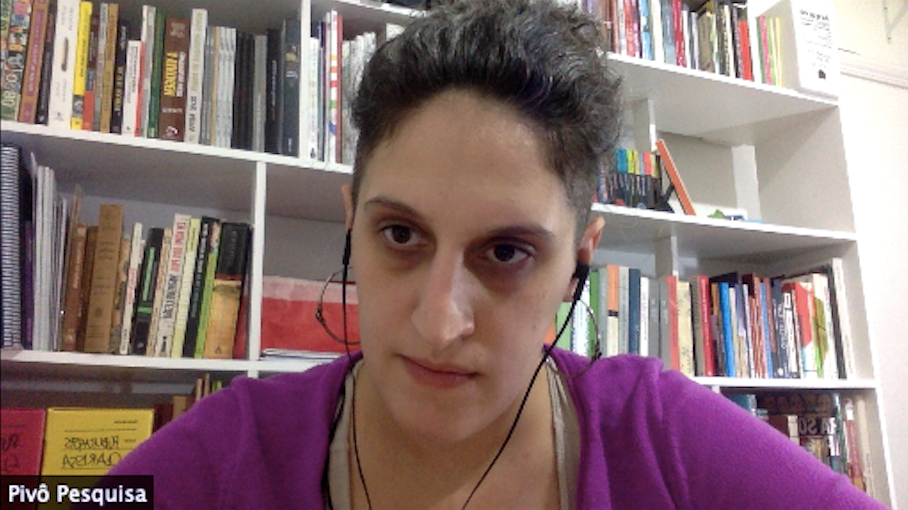
LF: Your hometown, Recife, is a reference in terms of cultural production and it enjoys a rich tradition of popular culture, thriving and exciting music, visual arts, cinema and literary scenes. Is it viable to produce art outside the Southeast? What is happening in Recife at the moment?
CD: Creation is a force that can exist in less favourable contexts so, yes, we can say that it is viable to produce art outside the Southeastern mainstream. Obviously, as a region with less economic privileges, we are up against several institutional and social restrictions. The local market is not developed enough to sustain the chain of art production, so access and visibility are unequal when compared to the Southeast. But these hurdles have never stopped the emergence and strengthening of paradigmatic artists, collectives and movements that thrive on other types of wealth, not exclusively linked to capital. In fact, we may argue that the lack of solid institutions and markets have helped to create a more diverse ‘cultural scene’, one that has succeeded in securing some visibility in Pernambuco.
As such, despite the far-reaching and systematic dismantling of institutions in Recife – for instance, the negligible budget of museums such as MAMAM, the extinction of public competitions and the ongoing backwardness of cultural incentive laws – there are initiatives that resist a system that does not favour creation. Projects such as the magazine Propágulo and the art gallery MauMau showcase part of these initiatives to those who have an interest in them. Moreover, the presence of Iagor Peres – an artist who has lived in Recife for years – in this cycle of Pivô Research is clear evidence of the relevance of the artistic practices that are currently being developed in Pernambuco.
LF: Similar to other mothers, you have a small child who is growing up in a pandemic and living through a period of confinement. What could the impact be of this situation on the development of subjectivity/sensibility in a child?
CD: Today, after four months of social distancing, the growing ability of my five-year-old son Zie to adapt to the circumstances really surprises me. Even though the routines created as a response to not being able to go out, socialize, enjoy the outdoors etc. can alleviate the initial angst created by the process of isolation, they are also overwhelmingly worrying. It is hard to watch a child starting to “naturalize” the idea that the world “outside” is dangerous or that “others” – mainly “unknown others” – are potentially a risk.
The struggle against this adaptative vocation that makes us accept even the most perverse situations seems to be even more challenging when we are kept apart from the networks that give us strength or that act upon us as a counter-force. In the eyes of my son, a privileged child who has been able to remain isolated, and who therefore has been impacted by the intense immanence of day after day in home confinement, the world seems increasingly fictional. Our social bubble becomes both concrete and inescapable. Education as an antidote to these perceptions (no matter how premature or fleeting) is part of my current responsibilities. I live in hope that I can sieve through the elements that are a strategic and healthy defence against the torture of a confined childhood.

 Português
Português